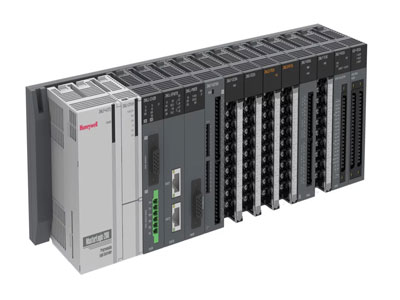What Is Sink And Source In Plc
Key Takeaway
In PLCs, “sink” and “source” refer to the flow of current in a circuit. A sinking input or output provides a path to ground for the electrical current. Essentially, it allows current to flow into the device. In contrast, a sourcing input or output provides current to the load from the positive power supply. It allows current to flow out of the device. Understanding sink and source configurations is crucial for properly wiring and configuring PLCs to ensure correct operation and safety of the connected devices.
Understanding Sink and Source Concepts
Understanding sink and source concepts is essential in PLC wiring. These concepts define how digital input and output devices connect to a PLC.
In a sink configuration, the load connects to positive voltage (V+), with the PLC providing the path to ground (0V). Current flows from V+ through the load to ground via the PLC.
In a source configuration, the load connects to ground (0V), with the PLC providing positive voltage (V+). Current flows from the PLC through the load to ground.
Correct wiring is crucial to prevent malfunctions. Engineers must choose the appropriate setup based on system requirements and device specifications. This ensures safe, reliable PLC systems.

Differences Between Sink and Source
The fundamental disparity between sink and source configurations in PLC systems lies in the path of current flow. In a sink configuration, the current originates from an external device, traverses through the input circuitry of the PLC, and finally reaches the common ground. On the contrary, a source configuration involves current that starts from the positive power supply of the PLC, moves through the output circuitry, and then proceeds to the external device. Understanding this distinction is pivotal in determining how devices are connected to the PLC and how current flows within the system. It influences the selection of components and wiring strategies to ensure compatibility and functionality. While sink and source configurations achieve the same objective of interfacing with external devices, their operational principles vary significantly, necessitating careful consideration during system design and implementation. By grasping these differences, engineers can make informed decisions to optimize the performance and reliability of PLC systems in diverse industrial applications.
Practical Examples of Sink and Source Connections
For a practical understanding of sink and source connections, let’s envision a common scenario involving the integration of a proximity sensor with a PLC in an industrial setup. In a sink configuration, the proximity sensor’s output is linked to the input module of the PLC. Here, the PLC’s input module acts as a path for the current generated by the sensor, leading it back to the common ground. This setup enables the PLC to detect changes in the sensor’s state based on variations in the current flow. Conversely, in a source configuration, the PLC’s output module provides the necessary current to the proximity sensor, initiating the circuit. This arrangement allows the PLC to control the operation of the sensor by supplying or withholding current as needed. Understanding these practical examples is essential for engineers as they configure PLC systems to interact effectively with various sensors and actuators in industrial environments, ensuring seamless operation and reliable performance.
Choosing the Right Configuration for Your Application
When deciding on the suitable configuration for your application, several factors come into play, influencing the choice between sink and source configurations. One crucial consideration is the nature of the devices involved in the system. Sink configurations are typically employed with devices that generate a current output, such as sensors or switches. These devices are designed to sink current from the input module of the PLC, making a sink configuration ideal for seamless integration. Conversely, source configurations are preferred for devices that require a voltage input, such as indicators or solenoids. In this setup, the PLC’s output module acts as the source of current, supplying voltage to the connected devices. Additionally, wiring conventions and system compatibility play essential roles in determining the appropriate configuration. By assessing these factors comprehensively, engineers can make informed decisions, ensuring that the chosen configuration aligns with the requirements of the application, facilitates smooth operation, and promotes system reliability.
Safety Considerations for Sink and Source Wiring
Safety considerations are paramount in the design and implementation of PLC systems, particularly when it comes to sink and source wiring. Engineers must prioritize safety measures to mitigate the risk of electrical hazards and ensure the protection of personnel and equipment. This involves adhering to proper grounding practices, ensuring adequate insulation of wiring components, and implementing protective measures such as fuses or circuit breakers to prevent overloads or short circuits. Additionally, understanding the implications of sink and source configurations is crucial for correct wiring practices. By following manufacturer guidelines and industry standards, engineers can minimize the likelihood of electrical faults and ensure the reliability of the system. Proper training and awareness among personnel regarding safety protocols and procedures further enhance the overall safety of the PLC system. Ultimately, prioritizing safety considerations not only protects against potential hazards but also promotes efficient and reliable operation in industrial environments.
Conclusion
In conclusion, mastering the concepts of sink and source configurations is crucial for designing and implementing efficient PLC systems. By understanding the differences between sink and source wiring, engineers can make informed decisions when selecting components, configuring circuits, and ensuring the safety and reliability of industrial automation applications. With proper knowledge and attention to detail, PLC systems can be optimized for optimal performance and functionality.
